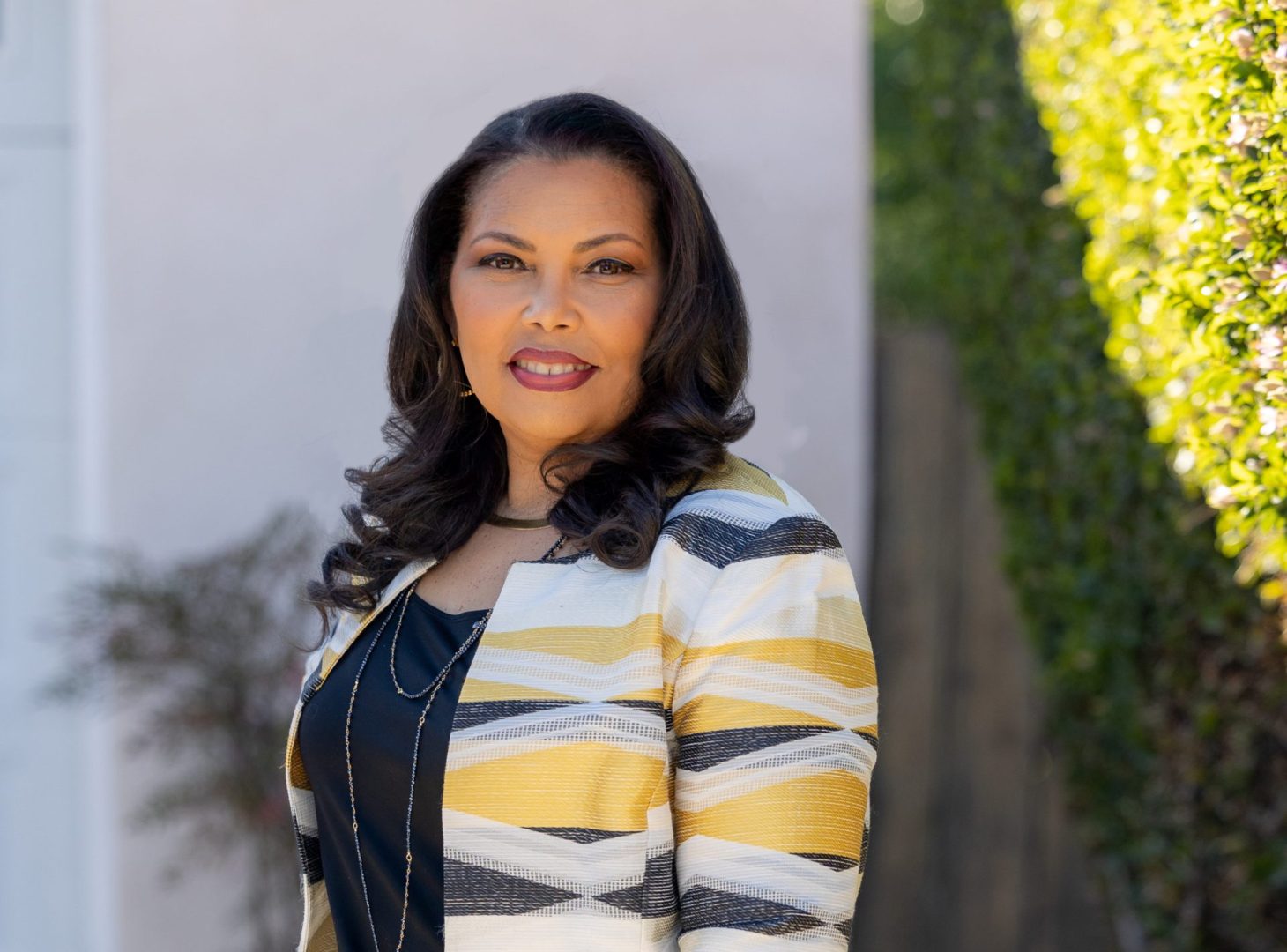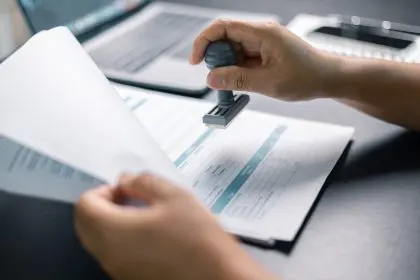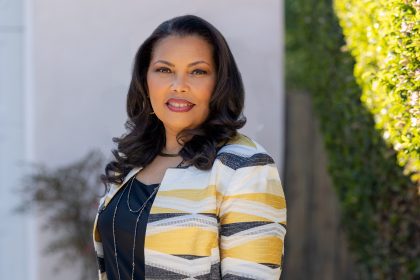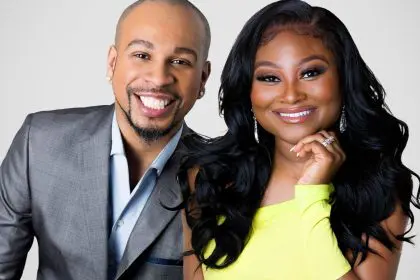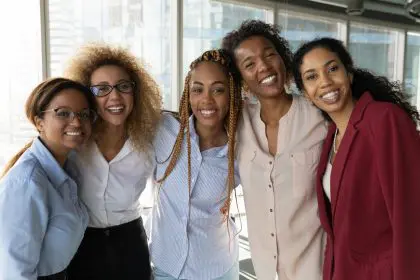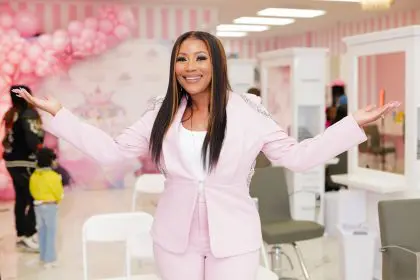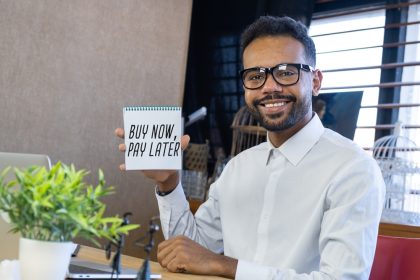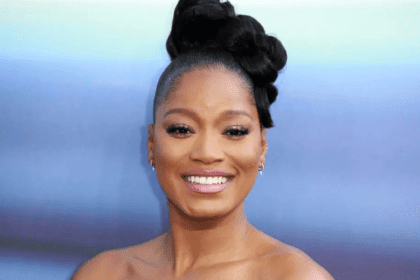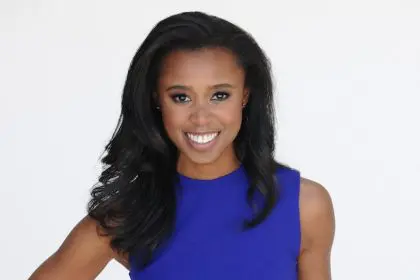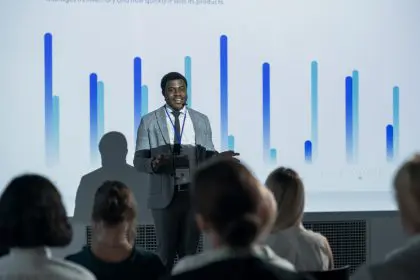In a modestly lit studio in Los Angeles, Sarah R. Harris leans forward slightly when discussing what might be her most important advice for women entrepreneurs: “Own your no.” As the first female president and CEO of the Black Business Association (BBA), Harris embodies the intersection of experience and advocacy that has defined her 25-year career strengthening financial opportunities for Black-owned businesses.
The phrase, concise yet loaded with meaning, captures the essence of what many entrepreneurs, particularly women of color, struggle with: the ability to decline opportunities that don’t align with their core mission, even when saying yes might seem easier in the moment.
Building the financial foundation
“Maintain proper financial records,” Harris emphasizes, her voice carrying the authority of someone who has witnessed countless business trajectories. “Stay ready to be ready.”
This preparedness philosophy undergirds Harris’s approach to business banking relationships. Through her leadership at the BBA, Harris has expanded financial education initiatives, strengthened banking partnerships, and launched programs to help businesses become “bankable”, a term she uses to describe businesses that have positioned themselves to qualify for traditional financing.
The banking landscape for Black-owned businesses remains challenging. According to Harris, access to capital continues to be one of the greatest disadvantages for underserved businesses. The statistics support her assertion, Black women business owners receive less than 1% of venture capital funding, and face wage disparities where they earn approximately 60 cents for every dollar earned by their white counterparts.
Despite these obstacles, Harris insists proper preparation creates opportunity. She outlines three essential financial practices entrepreneurs should adopt:
- Maintain meticulous financial records including profit and loss reports, balance sheets, and tax filings
- Build and maintain business credit separate from personal credit
- Develop strong relationships with bankers through in-person connections
This third point seems almost revolutionary in an era dominated by digital banking. “It is vitally important to go in the bank,” Harris insists. “A lot of times with apps and ATMs and whatnot, we are relegated to just not even step in nowhere.”
The human element in banking relationships
The emphasis on personal connections comes from Harris’s observation of success stories. She recounts two examples where relationship banking made crucial differences: a Black-owned construction firm that secured restructured financing and a line of credit after struggling with traditional financing channels, and a woman-owned beauty brand that received guidance on cash flow management and business credit building when expanding into major retail.
Behind these successes lies a common thread, bankers who understood the entrepreneurs as people, not just as financial statements. This human element, according to Harris, often makes the difference between rejection and opportunity.
“If you’re at a networking event, take the time out to really make that connection with your banker because you want them to understand you as a business owner, what you do,” Harris advises. “They are privy to certain things, and they will come to you and bring you this information of opportunity.”
Navigating disaster preparedness
The conversation shifts to disaster resilience, a timely topic given recent wildfires affecting small businesses. Harris’s advice is consistent with her overall philosophy: preparation creates resilience.
“If you haven’t experienced that as of yet, you want to heed the moment to have yourself covered and create the opportunity where everything is in order,” she explains.
Her practical recommendations for disaster preparedness include:
- Organizing comprehensive business documentation
- Establishing lines of credit before they’re needed
- Maintaining access to liquid capital for emergency situations
These strategies emphasize that disaster preparedness isn’t just about physical safety but financial continuity, a perspective particularly relevant for small businesses with limited reserves.
Resources for underserved entrepreneurs
For businesses facing systemic disadvantages, Harris highlights several promising avenues:
“With US Bank, they have business financial education programs as well as products and programs that have flexible financing options or low interest or ways to be able to make it so that the barriers that are typically there are reduced for underserved businesses,” she notes.
She also points to SBA-backed loans, minority business grant opportunities through government and foundations, and Community Development Financial Institutions (CDFIs) as valuable resources.
“They provide funding to historically underserved businesses, and these are usually the most favorable and flexible for small businesses,” Harris says of CDFIs like Pacific Coast Regional Business Finance and Vermont Slauson Economic Development Corporation in California.
The personal cost of saying yes
Perhaps the most revealing moment comes when Harris reflects on her own challenges as a woman entrepreneur. Despite her success, Harris acknowledges she’s often been “a behind the scenes kind of a person” supporting others’ dreams while potentially neglecting her own.
“I’m a creative design firm and marketing. So it’s all about making other people look good and wanting them to shine,” she explains. “That can get distracting, because that means I’m dealing with other people’s passions and dreams.”
This candid reflection resonates as she returns to her earlier advice: “Get to a point sooner than later where you are able to own a no… because you will slow down your progress to your goals if you continue to clutter up with everybody else’s dreams and agendas.”
For women entrepreneurs, particularly Black women who face compounding barriers in business, this ability to protect time, energy, and focus might be as important as any financing strategy. As Harris puts it, women are “nurturers, and we give out more, but practice more of the inward view of yourself and what you need.”
In a landscape where Black women entrepreneurs face significant financial headwinds, Harris’s most powerful advice may be this balance of external financial advocacy and internal boundary-setting, knowing when to pursue opportunity and when to simply own your no.

